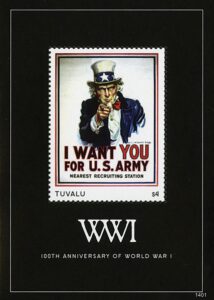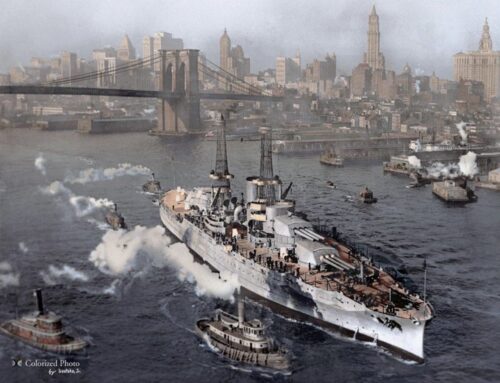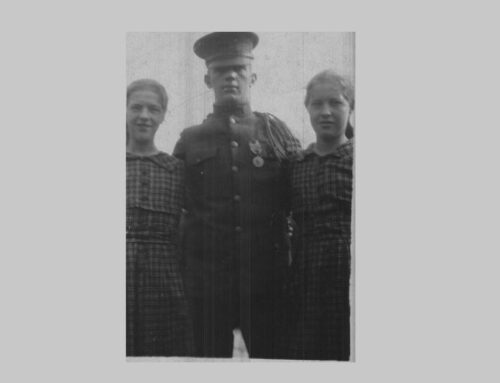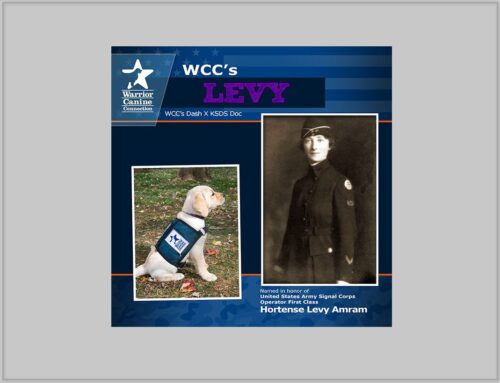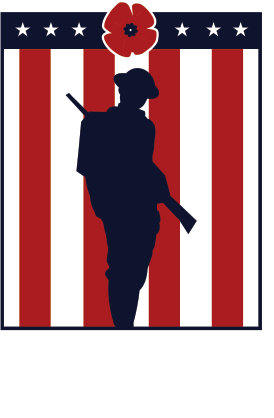This day in history: German Spring Offensive, March 21, 1918
Published: 21 March 2025
via the Mystic Stamp Company website
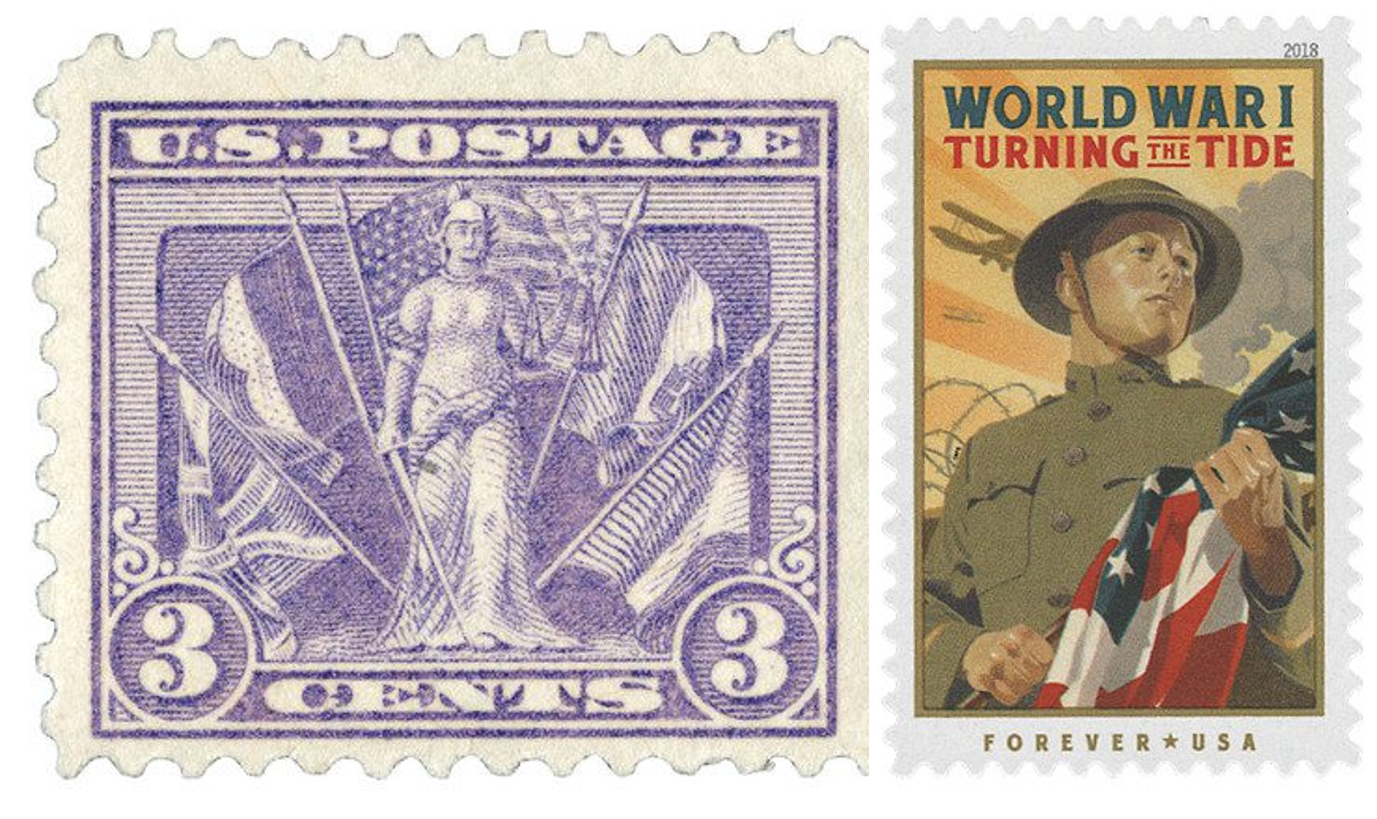
Stamps
(left) US #537 was issued in 1919 to commemorate the Allied victory in the war. (right) US #5300 honors the US participation in WWI.
On March 21, 1918, Germany launched its Spring Offensive in the hopes of tipping the scales of the war before American troops and supplies could reach the front.
German plans for the Spring Offensive began as early as November 1917. The offensive, also known as Kaiserschlacht (Kaiser’s Battle), was planned and executed by German General Erich Ludendorff, with little input from the German government or Field Marshal Paul von Hindenburg.
The operation also didn’t have a major strategy. Ludendorff had privately admitted that Germany couldn’t win a war of attrition, but he was unwilling to give up the land they had gained in the West and East. Ludendorff wasn’t seeking to reach the English Channel, rather he hoped to break through the Allied lines and crumble the flanks, taking whatever ports or railway junctions they could. The goal was to gain as much of the Allied-held ground as possible before the bulk of the US forces could arrive at the front.
The attack began on the first day of spring, March 21, 1918. The first phase of the offensive was Operation Michael, and it began at 4:40 a.m. with the largest artillery bombardment of the war. Over 1 million shells rained down on an area of 150 square miles for five hours.
Though German prisoners warned the British about the coming offensive, they were unable to defend against such a massive attack. British and French troops had prepared and dug-in at some of the more strategic locations. Others were less defended – and this was where the Germans attacked. The Allies were forced into a fighting retreat but still managed to deliver significant enemy casualties. Within three days, the Germans opened a 50-mile-wide gap on the front, the greatest advance for either side in four years.
However, German Sturmtruppen (Stormtroopers) were leading the attacks. These elite soldiers carried few supplies so they could move quicker than regular infantry. But they ran out of ammo and food quickly, eventually resorting to looting or even killing their horses for meat, slowing their advance dramatically.
→ Read the entire article on the Mystic Stamp Company website here:
External Web Site Notice: This page contains information directly presented from an external source. The terms and conditions of this page may not be the same as those of this website. Click here to read the full disclaimer notice for external web sites. Thank you.

